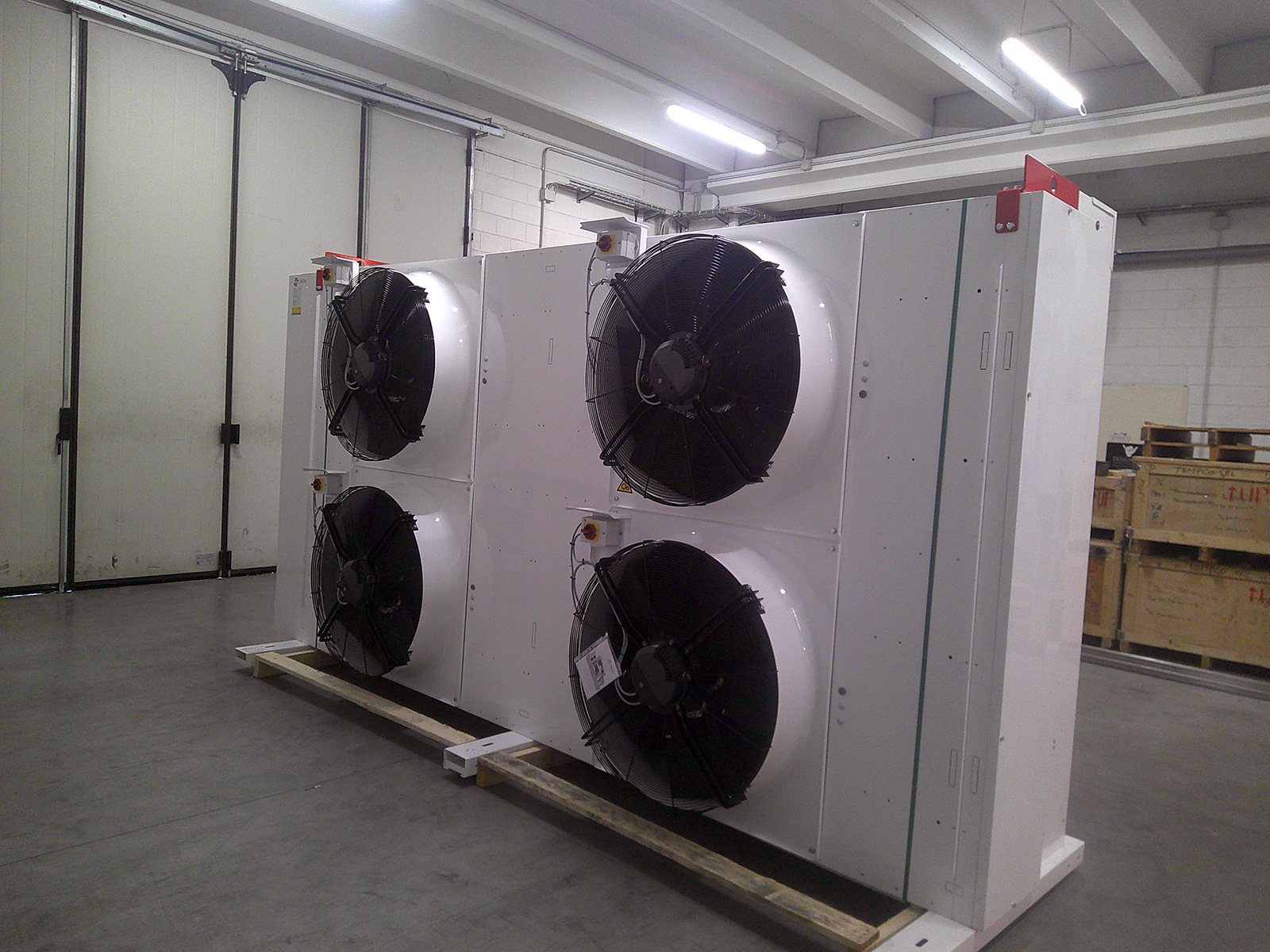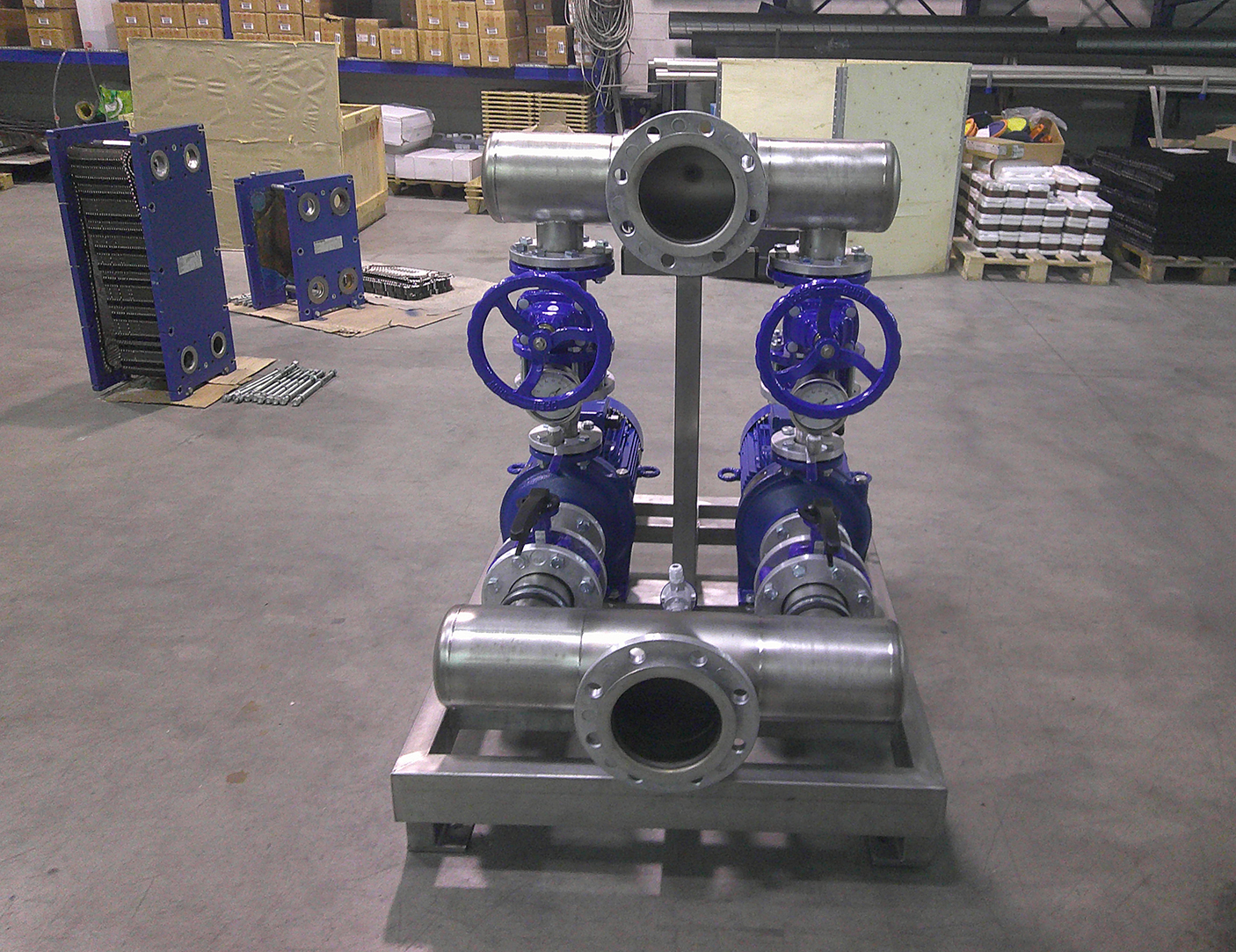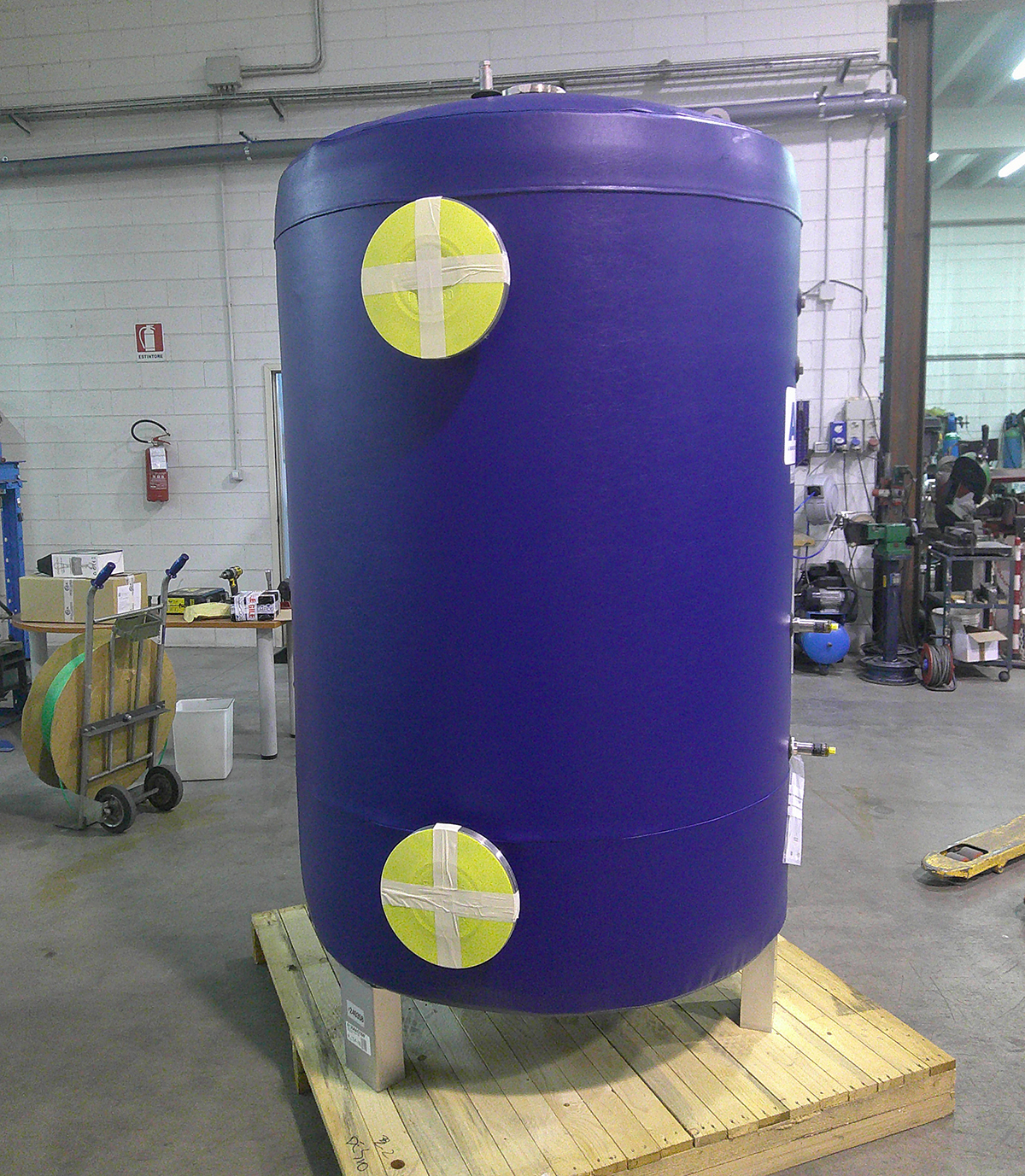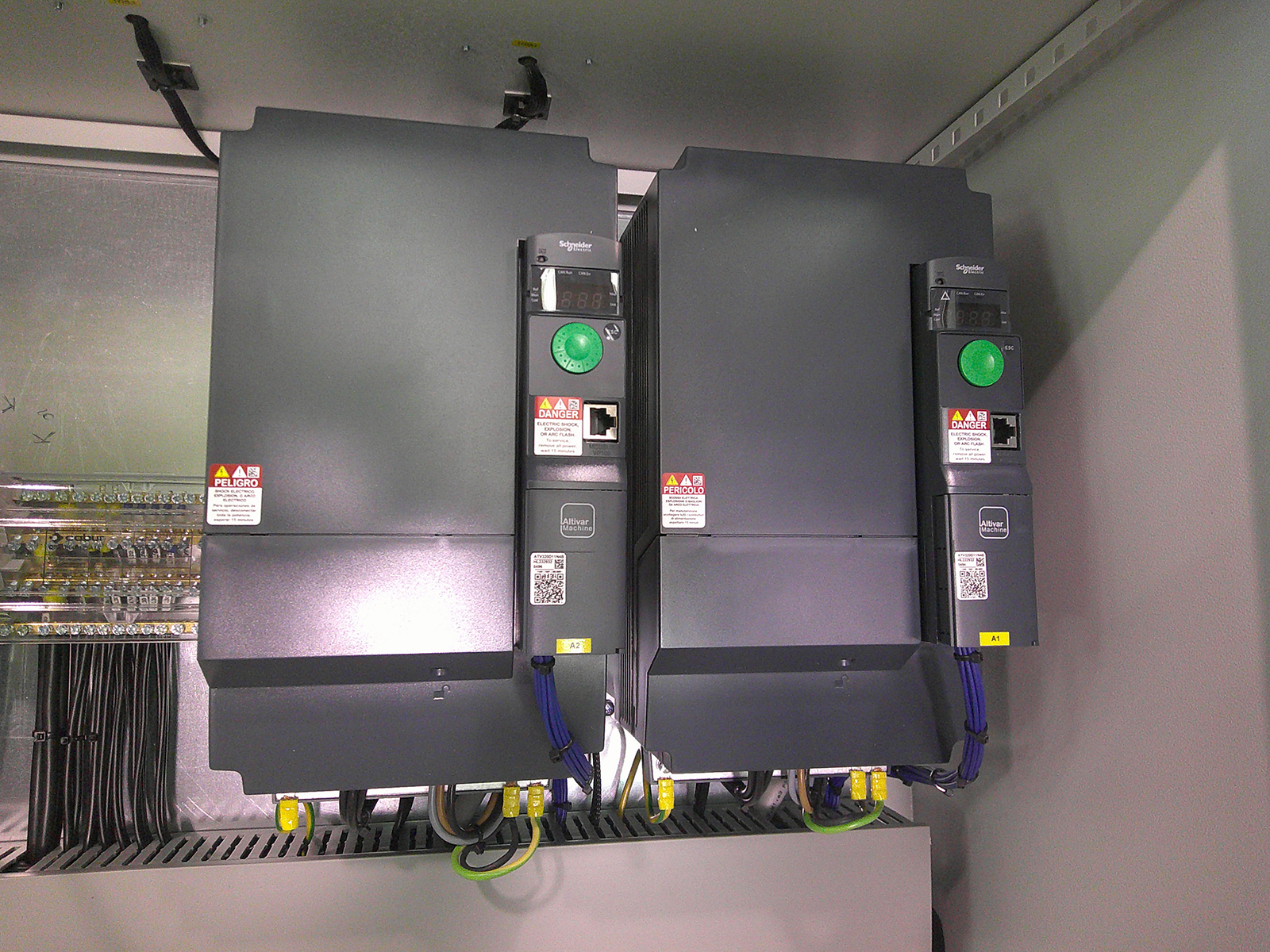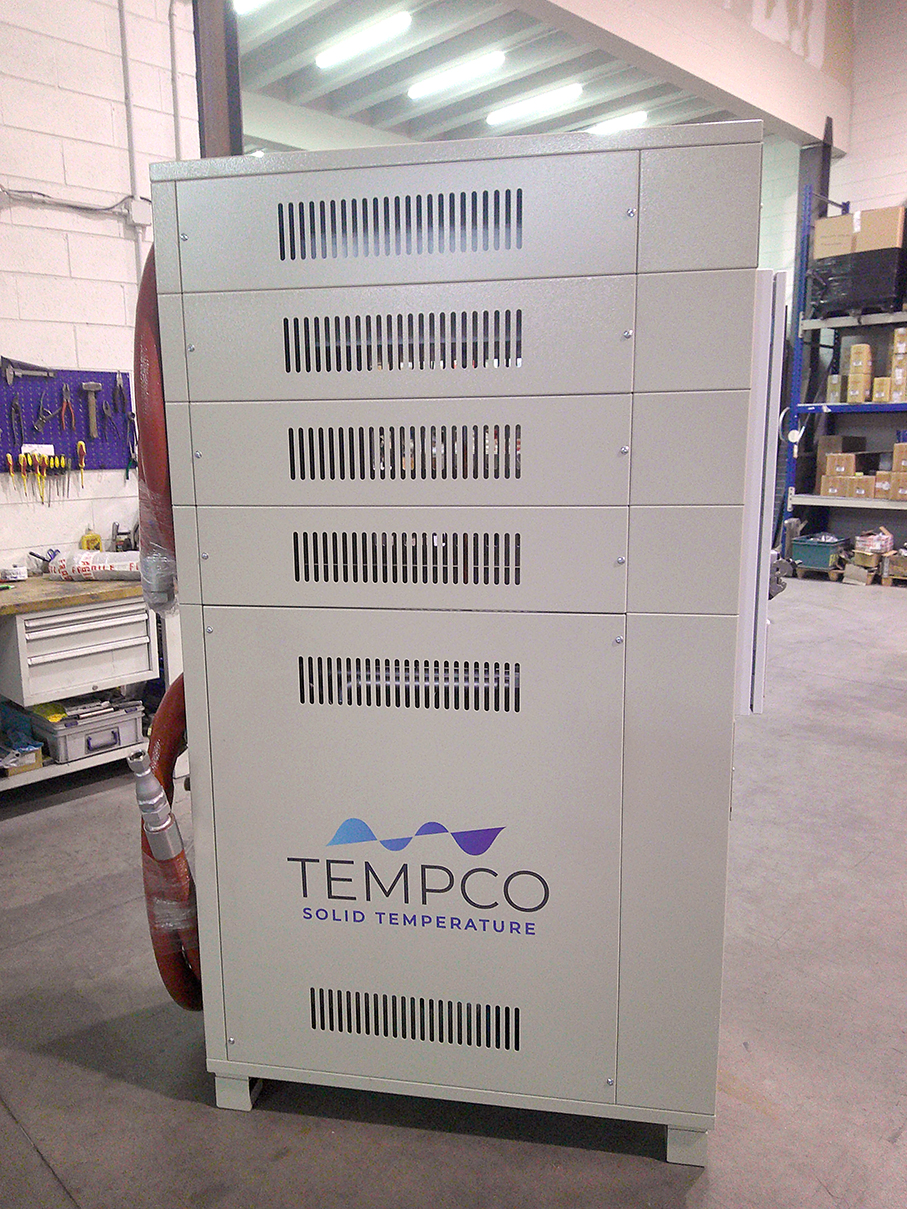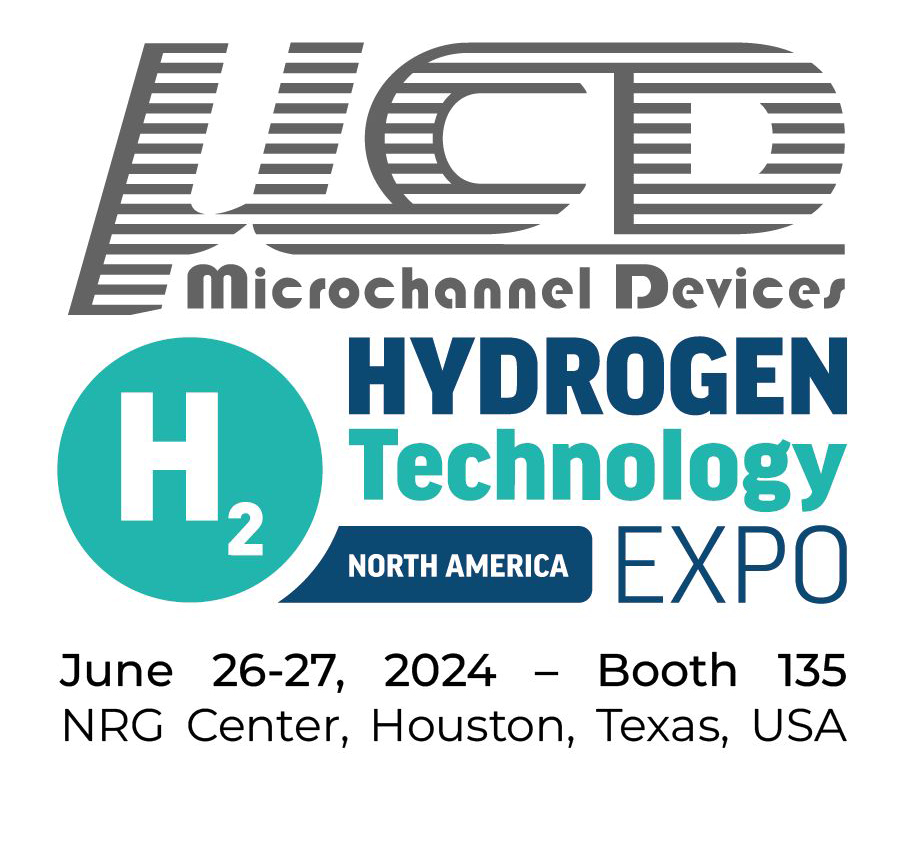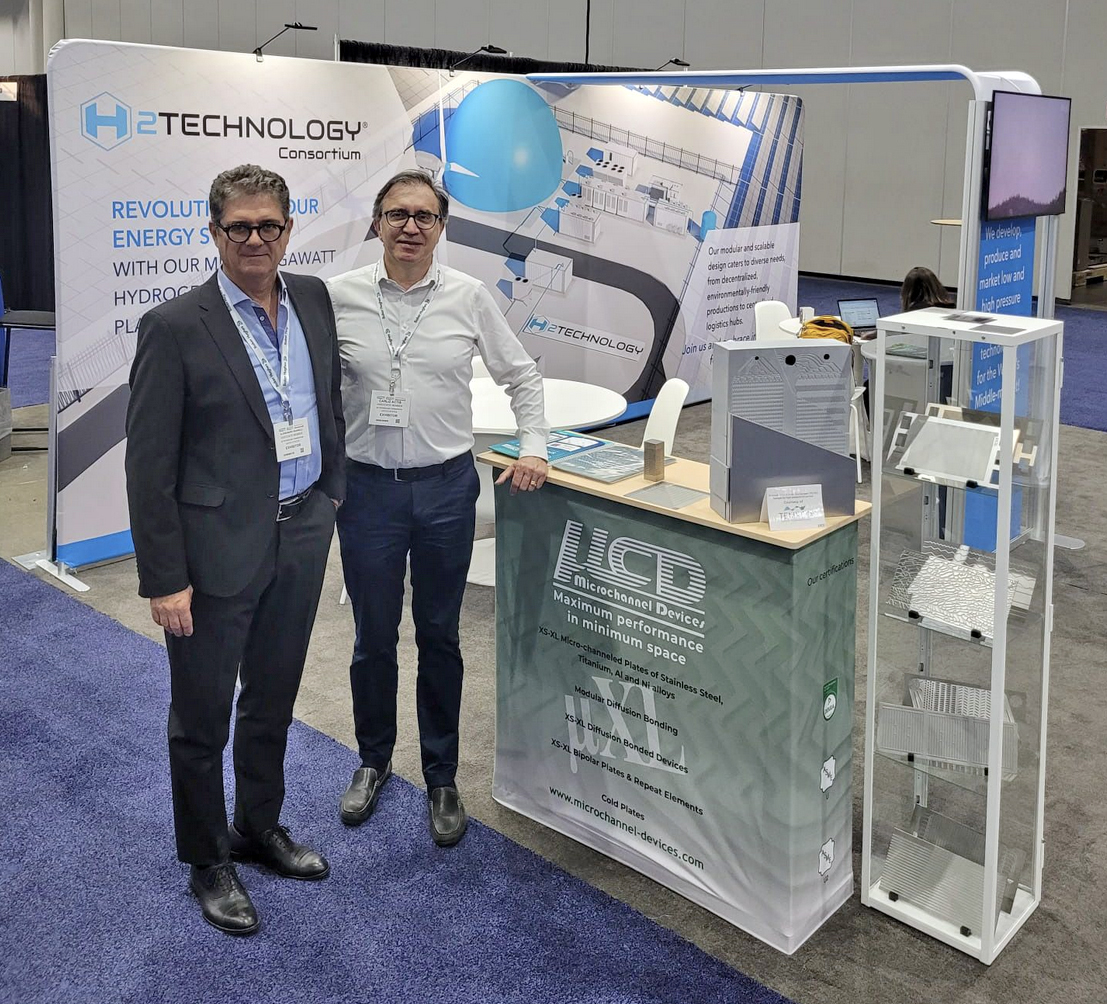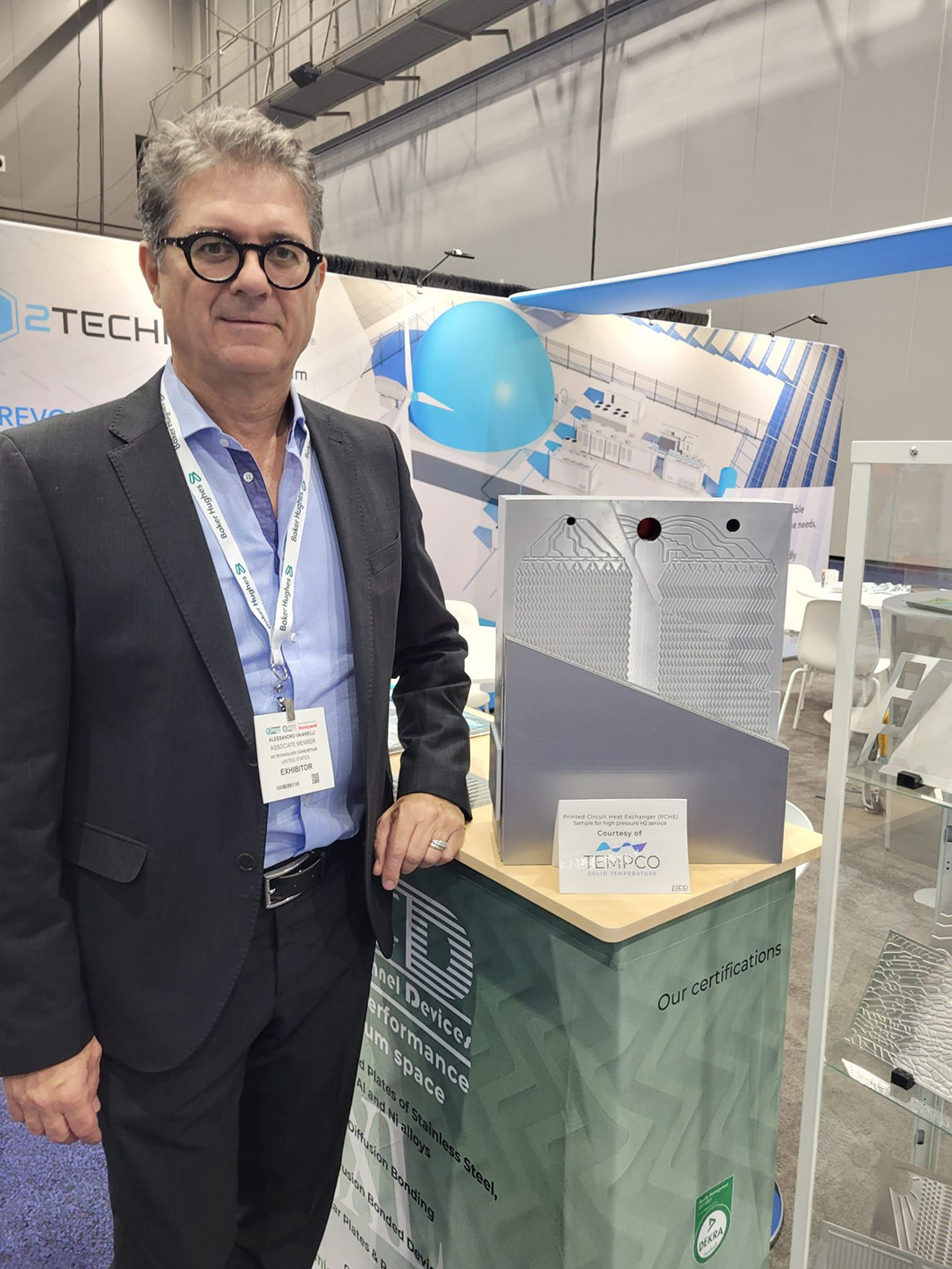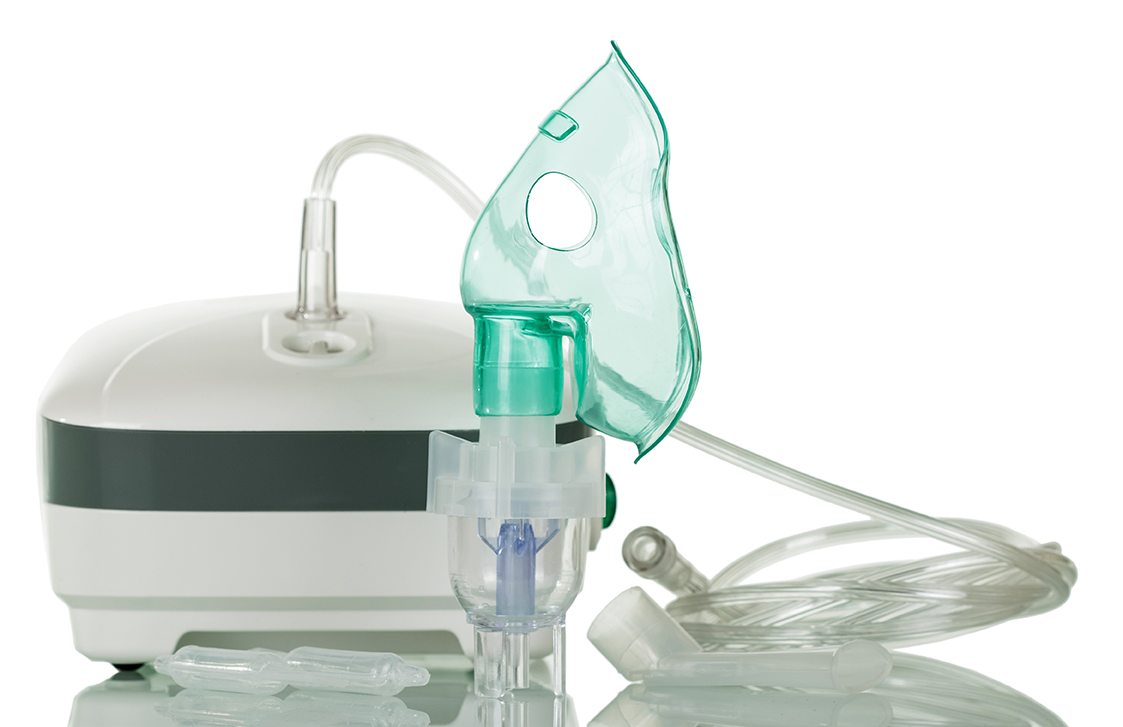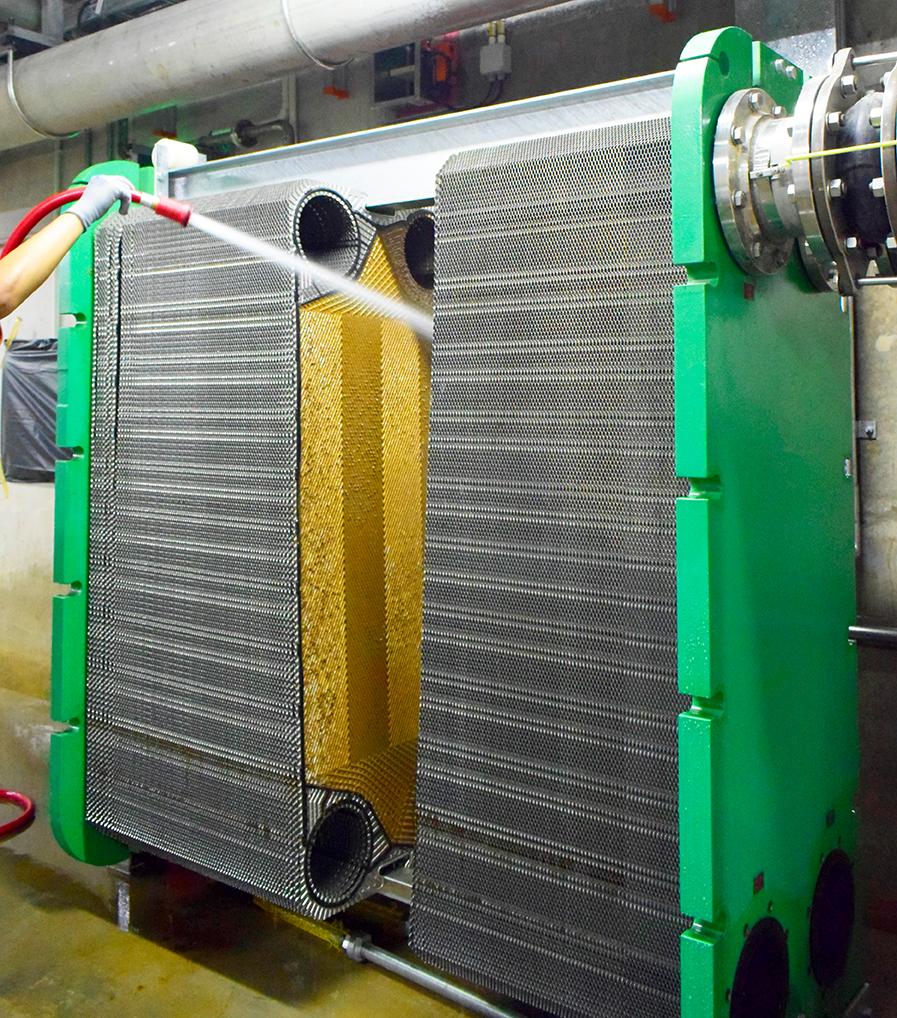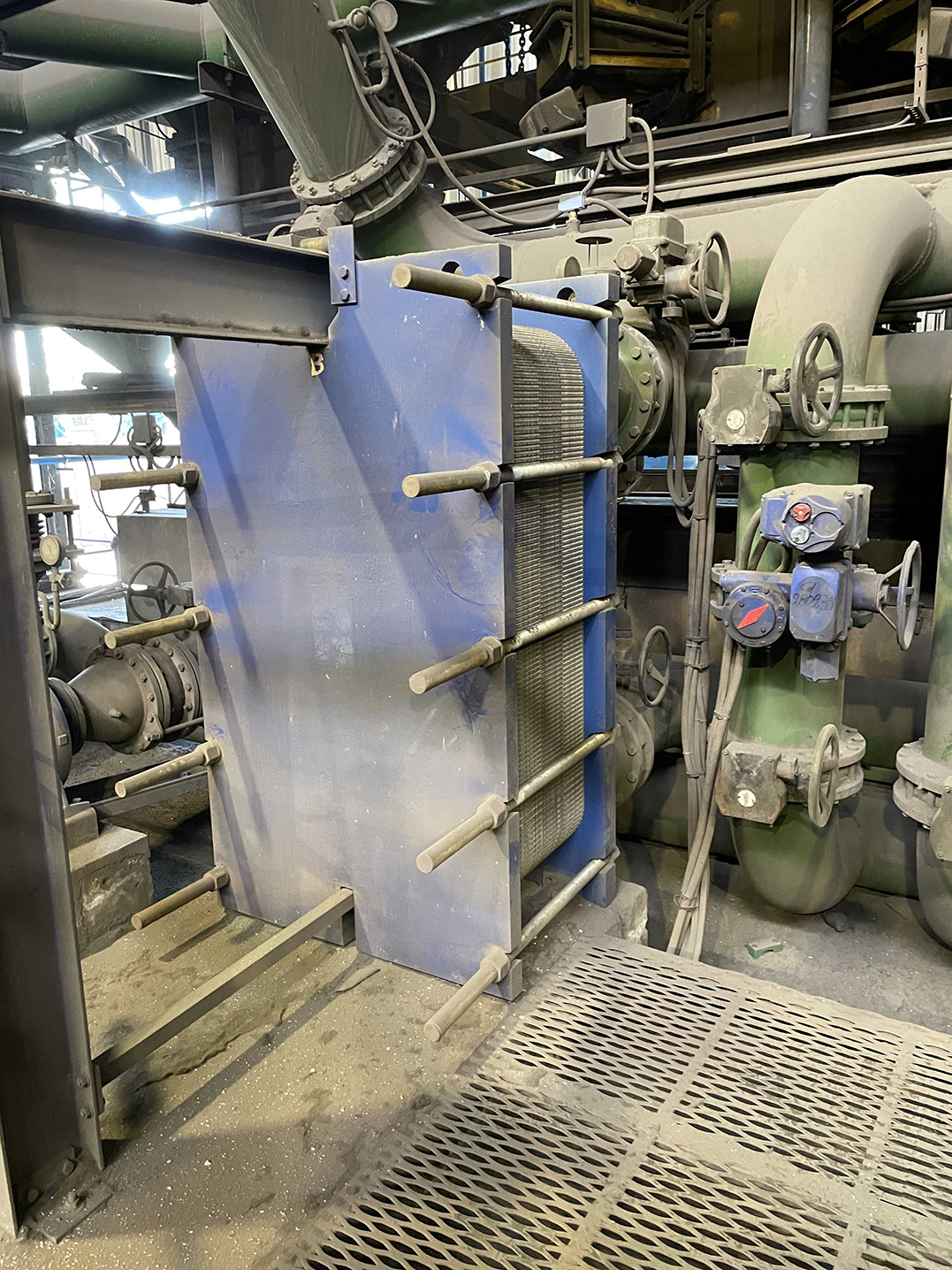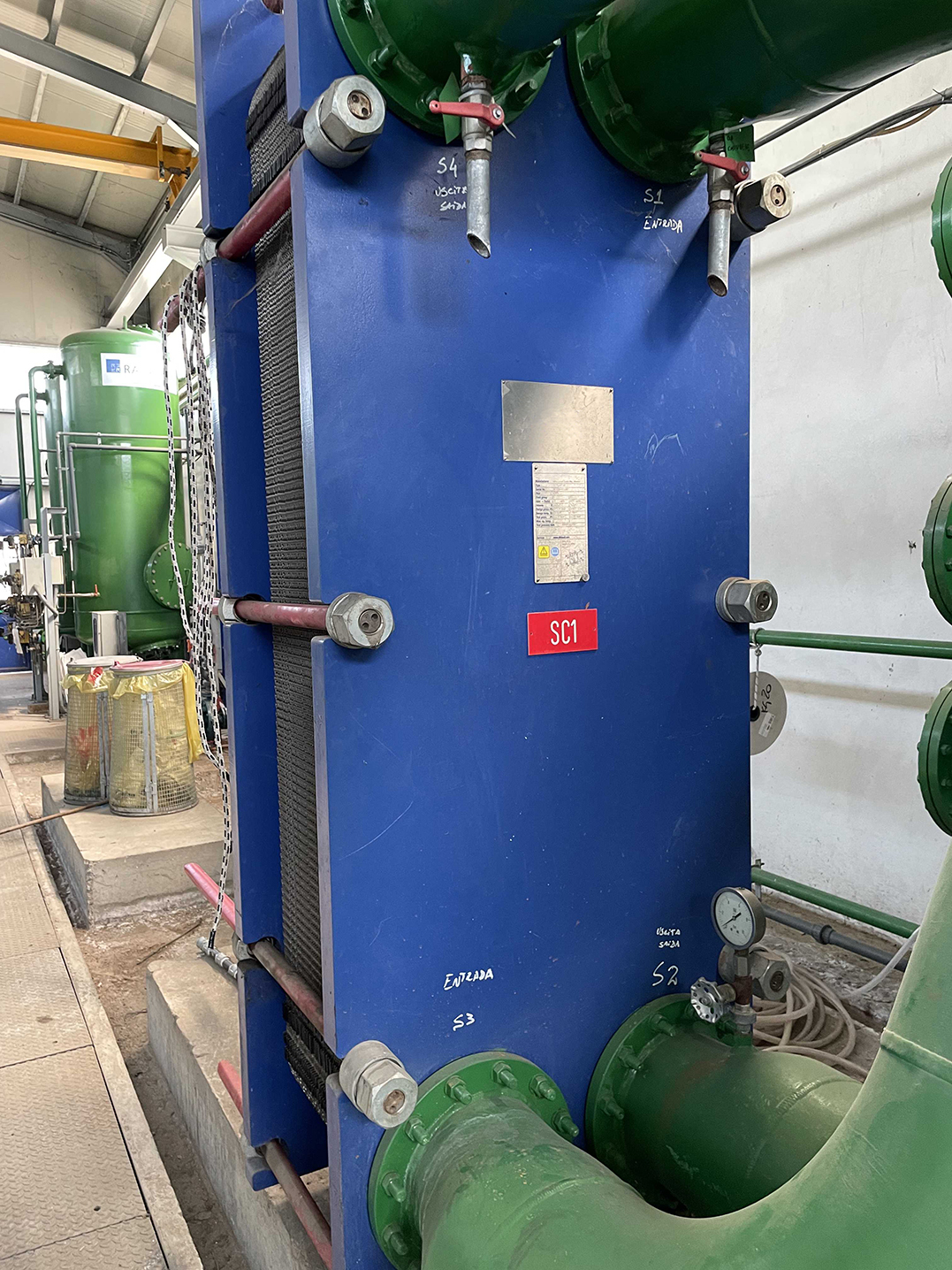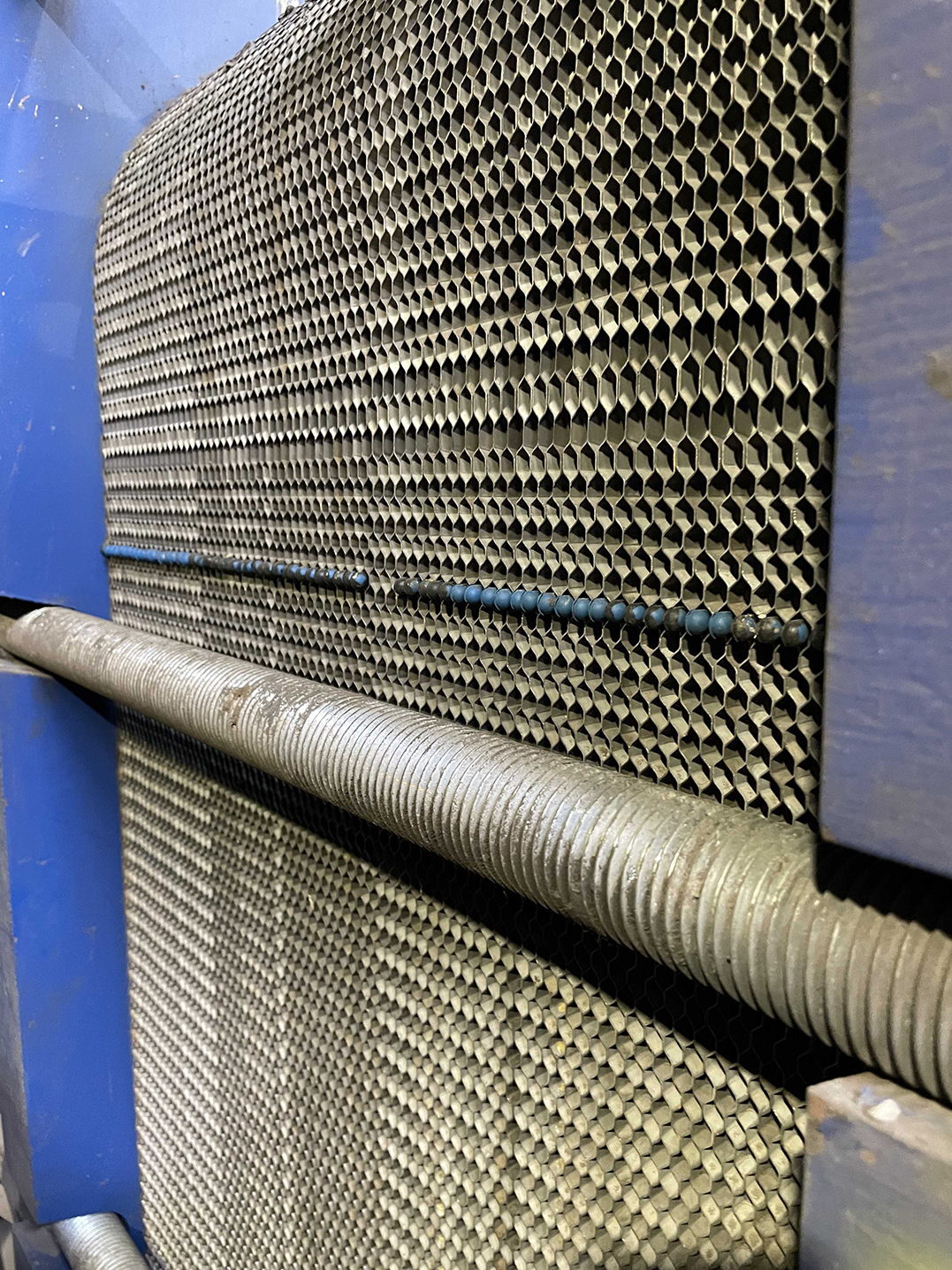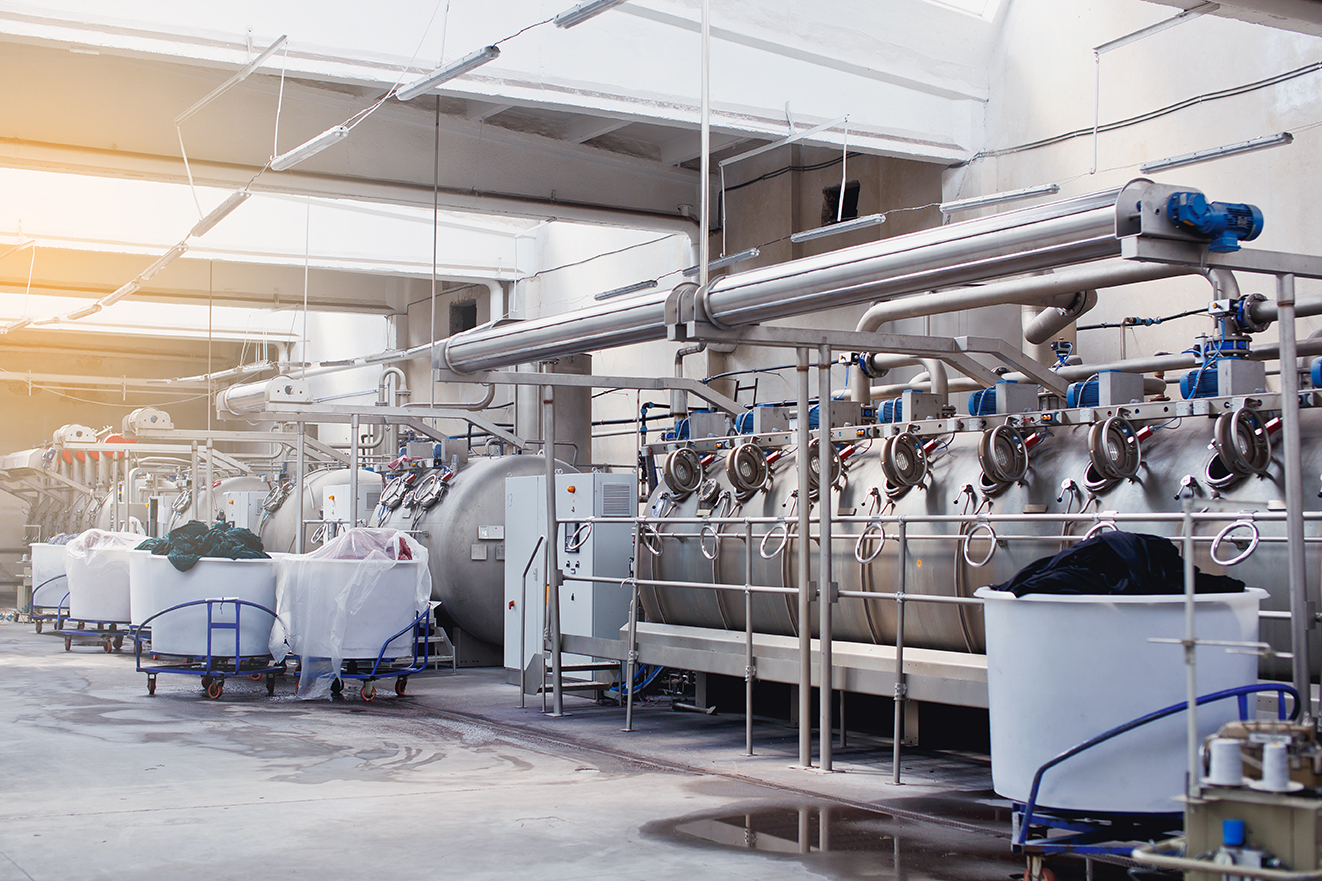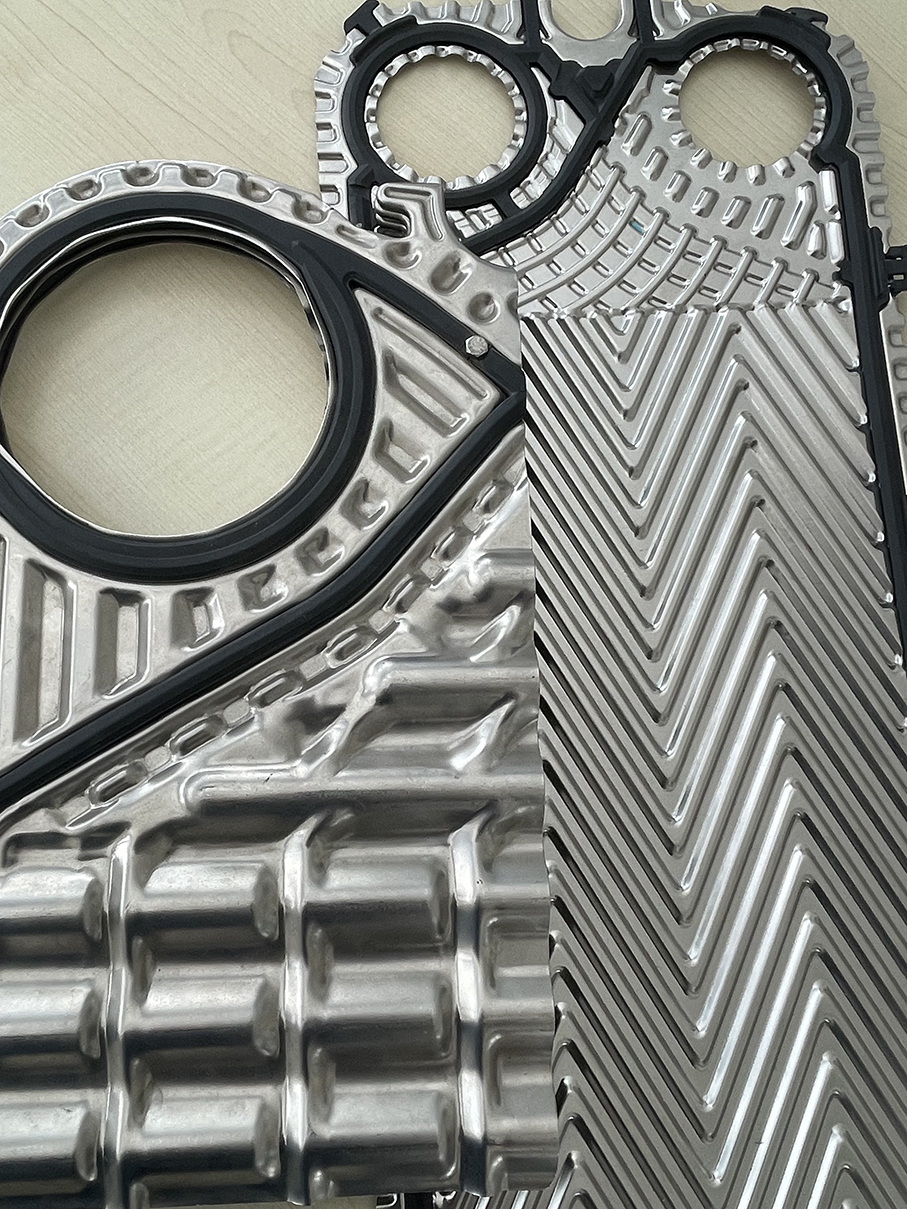As already highlighted in a recent article on heat exchangers maintenance, regular maintenance of plate heat exchangers is crucial in order to esnure the efficiency and longevity of the system they serve. In fact, these devices play a fundamental role in temperature control within industrial production processes, transferring heat between two fluids.
However, with time and continuous use, the plates can accumulate deposits and the seals can deteriorate, compromising the performance and integrity of the entire system.
One of the key aspects of maintaining the transfer efficiency of plate heat exchangers is the replacement of gaskets. Gaskets are essential components that guarantee the tightness of the system. There are two main types of gaskets: glued and clip-on.
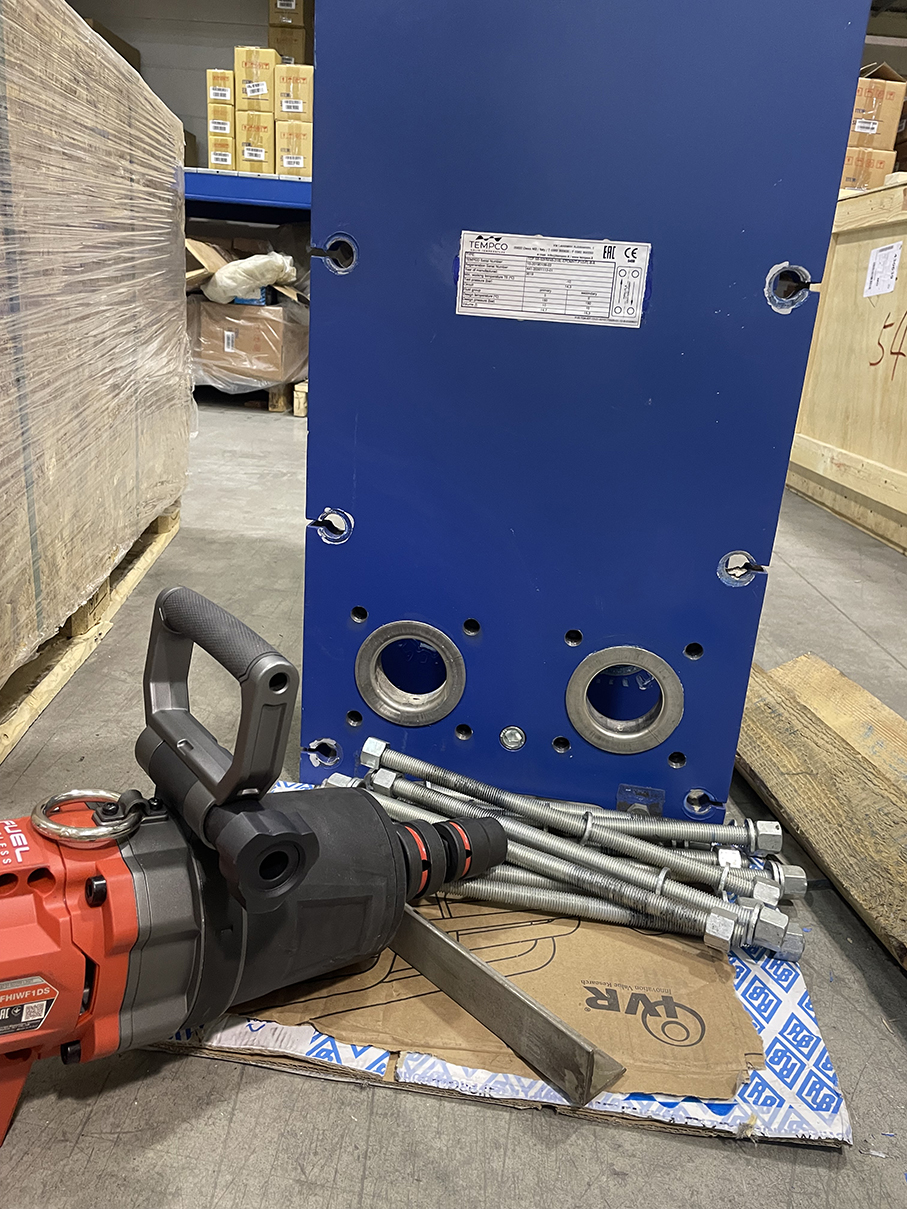
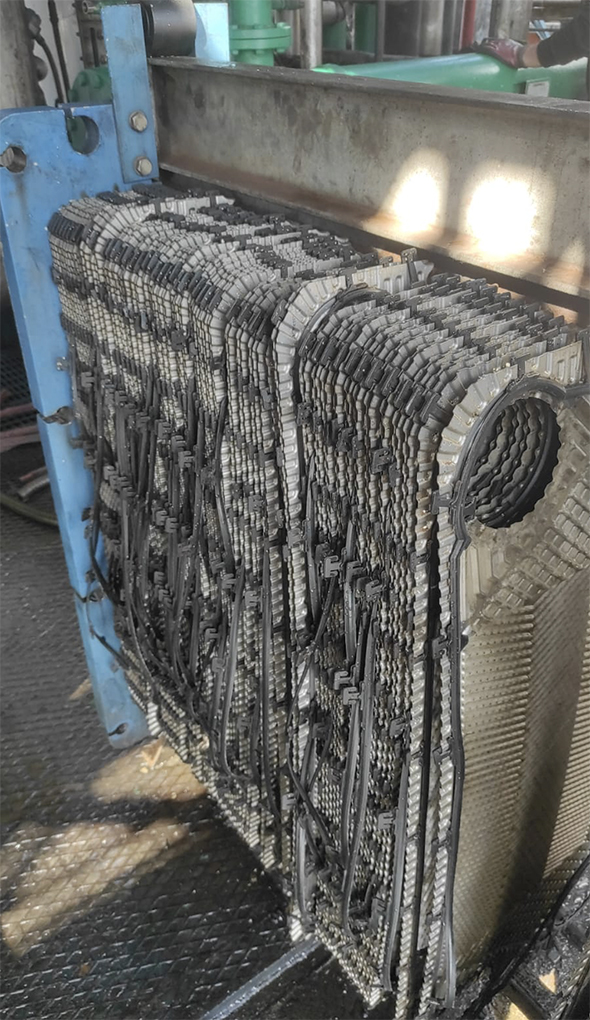
Glued gaskets: these gaskets are permanently attached to the plates with an adhesive. They allow for easier on-site plate washing operations, but replacing them can be more laborious and requires careful cleaning of the surfaces before applying the new gaskets.
Clip gaskets: these gaskets are designed to be easily removable and replaceable without need of adhesives. Clip-on seals are more convenient for periodic maintenance as they can be quickly removed and replaced, reducing system downtime.
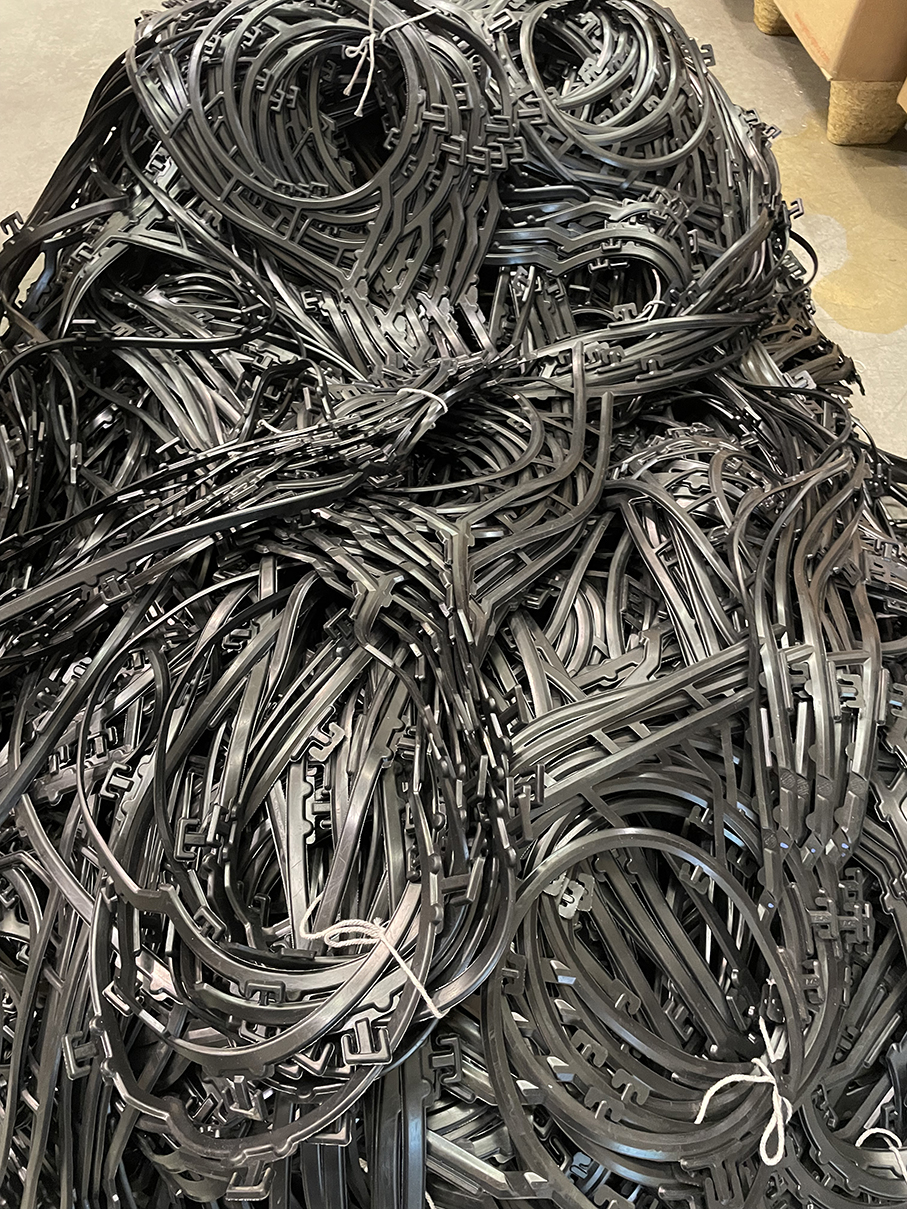
The market is now dominated by clip seals.
It is essential to carry out regular inspections to detect any signs of wear or damage to the seals, such as cracks, swelling or loss of elasticity. A compromised seal can lead to fluid leaks, contamination and heat transfer inefficiency.
In conclusion, preventive maintenance and timely replacement of gaskets in plate heat exchangers are essential to maintain optimal performance and extend the useful life of the system. Investing time and resources in regular maintenance not only prevents costly breakdowns, but also ensures efficiency and safety of industrial operations.

